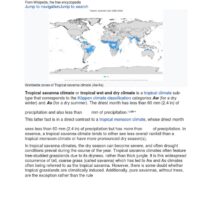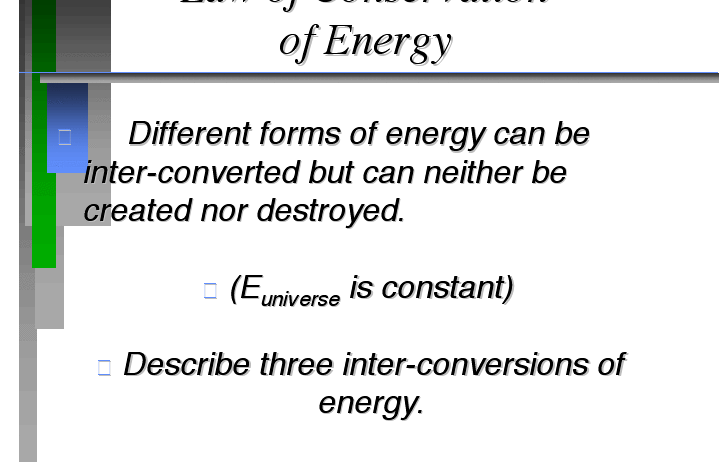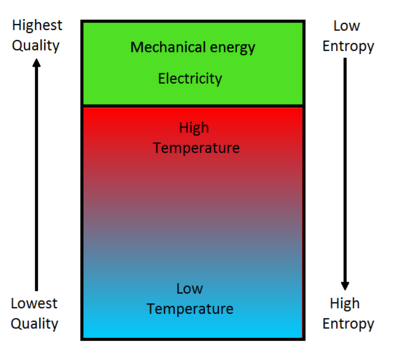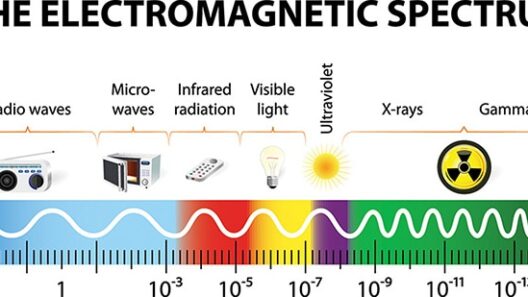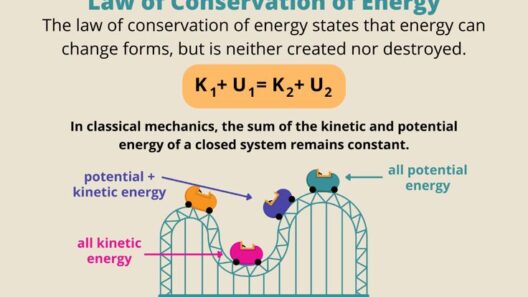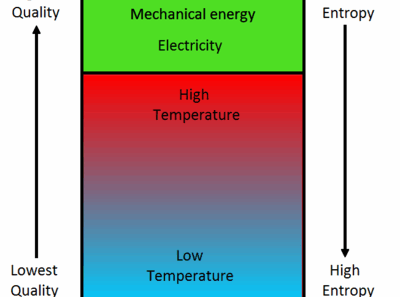Imagine for a moment that your body is a sprawling energy factory, constantly churning out a myriad of transformations. Each time you engage in an activity—whether that’s a leisurely stroll in the park, an intense workout, or even just a captivating conversation—you’re performing an intricate dance of energy conversion. At the core of this dance lies the Law of Conservation of Energy, a principle as fundamental as gravity itself. But does this law encompass the very essence of sweat dripping from your brow? To delve into this question, let’s stretch our minds and explore how energy, sweat, and the ephemeral nature of physical exertion intertwine.
The Law of Conservation of Energy states that energy can neither be created nor destroyed; it merely changes form. This principle can be visualized as a never-ending cycle akin to a river flowing through a landscape. The flowing water represents energy, shifting from one geological feature to another—habitats, ecosystems, and, in our case, human bodies. Understanding this concept provides a platform to dissect the role that sweat plays in our own energy narratives.
When we exert ourselves physically, say by running a mile or lifting weights, our muscles require more energy. This energy primarily comes from the food we consume, transforming into chemical energy stored in adenosine triphosphate (ATP). As we engage our muscles, chemical energy is converted into kinetic energy, propelling us forward, lifting our bodies, or enabling us to perform various feats of physical prowess. Though invigorating, this energy expulsion comes with a price: the body heats up. Enter sweat.
Sweat, that salty manifestation of hard work, is our body’s innate cooling system. As physical activity raises our body temperature, sweat glands kick into action, expelling moisture. This moisture evaporates from our skin, dissipating heat in a process that exemplifies the conservation of energy. Herein lies the metaphorical crossroads: sweat symbolizes not just exertion but also the energy exchanges that keep us from overheating—a delicate equilibrium.
But is sweat merely a byproduct? Not quite. As this fluid escapes our bodies, it carries with it the remnants of energy transformation. Water molecules evaporate, but the heat—oh, that glorious heat!—is released into the air. This represents a significant conversion as thermal energy leaves the system, demonstrating the Law of Conservation of Energy in action. Thus, when you find yourself dripping with perspiration after a vigorous effort, you’re not just losing water and salt; you’re witnessing a potent visual representation of energy transitioning into a different form.
The intriguing aspect of sweat extends to its composition. It’s not simply water; it is a cocktail of electrolytes, minerals, and waste products. When sweat evaporates, the body claims back some of the energy used to produce it. In essence, this process serves to keep you cool without losing substantial quantities of energy. Like a wise maestro conducting an orchestra, your body efficiently manages these resources, emphasizing that sweat plays an integral role in this energy symphony.
Furthermore, consider the psychological implications of sweating. Few things are as invigorating as breaking a sweat after a long day, as it serves not only to shed excess heat but also stress. Interestingly, endorphins—the body’s natural painkillers—are released during physical exertion. This chemical transformation creates positive energy within ourselves, again highlighting the interconnectedness of sweat, energy, and our emotional well-being. The dance continues, with sweat gliding gracefully along the fine line between physical and emotional energy.
Interestingly, the act of sweating is often misconstrued as a straightforward exchange; however, it can derive from varied stimuli—exercise, heat, or even emotional stress. Each scenario demands energy that results in sweat. When engaged in a heated debate, for instance, cognitive energy manifests as perspiration, revealing yet another avenue through which energy is conserved and transformed. Energy expenditure isn’t solely physical; it encapsulates mental and emotional dimensions as well.
Moreover, the ecosystems we inhabit share parallels with our physiological responses. Forests transpire moisture, akin to how our skin secretes sweat, employing energy conservation to regulate their climate. Trees release water vapor in a process called transpiration, which cools the surroundings while playing a crucial role in the water cycle. The intricate web of energy conservation weaves through every living organism, transcending the divide between human and plant life.
In contemplating the efficiency of sweat in energy management, let us not forget its cultural implications. Across various societies, sweat signifies hard work and determination. Even in metaphorical terms—‘sweat equity,’ for example—it embodies the energy invested in achieving results, stressing resilience and diligence. This linguistic evolution echoes the idea that sweat engenders not just a physical response, but also a broader narrative of energy interaction within our lives.
Ultimately, the inquiry into whether the Law of Conservation of Energy includes sweat leads us to a pulsating symbiosis within the realm of energy exchanges. Sweat is indeed a valiant player on the stage of energy dynamics—an outpouring of physical exertion, profound psychological impacts, and intricate ecological connections. As we engage in labor, be it external or internal, sweat furthers energy conservation, thus harmonizing with the age-old law.
So, as the sun sets and you wipe your brow, let that sweat bead serve as a tangible reminder of your body’s remarkable ability to transform energy, conserve, and adapt. Embrace the peculiar yet profound connection between sweat and the Law of Conservation of Energy, for it encapsulates the relentless drive of life itself—a continuous cycle of energy flowing, morphing, and persisting in the grand dance of existence.

